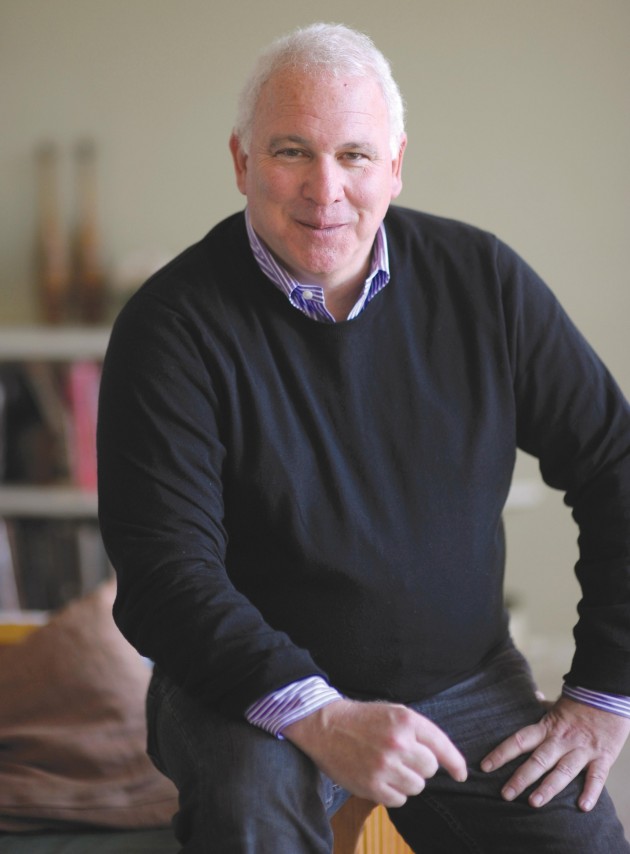
Creative nonfiction writer Jonathan Coleman is visiting DePauw to speak about his career. He describes his genre of writing as "infusing what you're writing with a narrative drive, while sticking to the facts."
His newest book, West by West: My Charmed, Tormented Life, was released in 2011 and is a collaboration with Jerry West, the former NBA player who is the silhouette on the NBA logo.
"One reason I became a writer is because I was a waiter," Jonathan Coleman stated matter-of-factly over a cup of coffee on Monday. "The other reason is my love of poetry."
Coleman said that it was not until much later in his life that he realized his adolescent job planted the seed towards becoming a non-fiction writer. This experience gave him the opportunity to learn just how much one can gain by being an acute observer and being genuinely interested in other people.
"I hate when people say 'That person isn't interesting,'" Coleman said. "Everyone has a story."
Coleman fondly remembered some of his favorite poems and how they contributed to the way that he approaches creative nonfiction writing. W.H. Auden's "Musée des Beaux Arts" and Robert Lowell's "Epilogue" represent key characteristics a creative nonfiction writer must possess.
"Life goes on - it's so easy not to notice what is happening to other people," Coleman said. "Nonfiction writing speaks to my empathy, which every writer has to have. But you also have to have the distance. ... It's also important to be accurate. You need to want to give people their dignity, their humanity, and to recognize that it's interesting that they exist."
According to Coleman, the need for an author to have distance from his subject matter is part of the reason West approached him with the request that he co-author West's autobiography. West made the decision after reading Coleman's book, Long Way to Go: Black and White in America, which Coleman worked on for seven years before publishing. The book examines racial issues through the lens of black and white citizens of Milwaukee, Wis.
"[Long Way to Go] appealed to [West] for the dedication that I had put into getting to the heart of race issues," Coleman said. "He approached me because my tenacity echoed what he wanted for his autobiography. He needed a perspective that could view the world of basketball from a distance."
He has four published creative non-fiction books to date and is in the process of writing a fifth. This fifth book, What He Stood For: The Many Worlds of Angus Cameron, tells the story of a Cameron, a 1960 DePauw alum, who was blacklisted during the McCarthy administration, and whom Coleman knows personally.
Coleman said the common theme behind all of the books he has written is an obsession with human behavior. He likes to ask "why we do the things we do?"
"I like having the burden of nonfiction writing" Coleman said. "I'm obsessed with the truth - I always want to know what happened. What impact do one person's actions have on another?"
According to Coleman, this kind of interest along with a genuine curiosity about other people is a good starting point for any aspiring creative nonfiction writer.
Coleman is visiting a class Tuesday to talk to students about how his story relates to this semester's production of The Crucible. Wednesday, he will be speaking at the Prindle Institute for Ethics about his experience as a creative non-fiction author." His talk, entitled "The Art and Responsibility of Creative Nonfiction Writing," will address the importance of balancing artistic license with an accurate representation of reality.
Freshman Lauren Evanoff plans to attend Coleman's presentation at the Prindle Institute Wednesday. Like many students might be, she was initially intrigued by the term "creative nonfiction" itself.
"I want to learn what creative nonfiction is," she said. "The two words seem to contradict each other."
